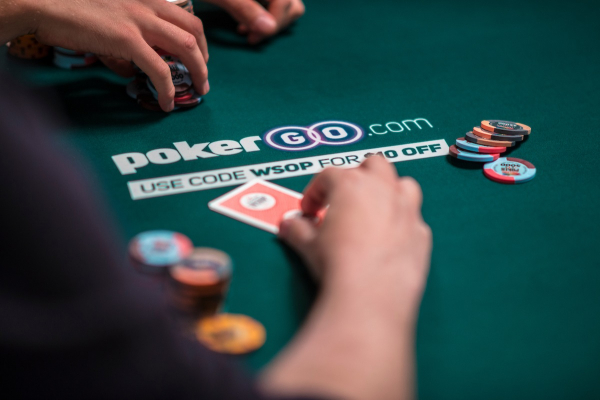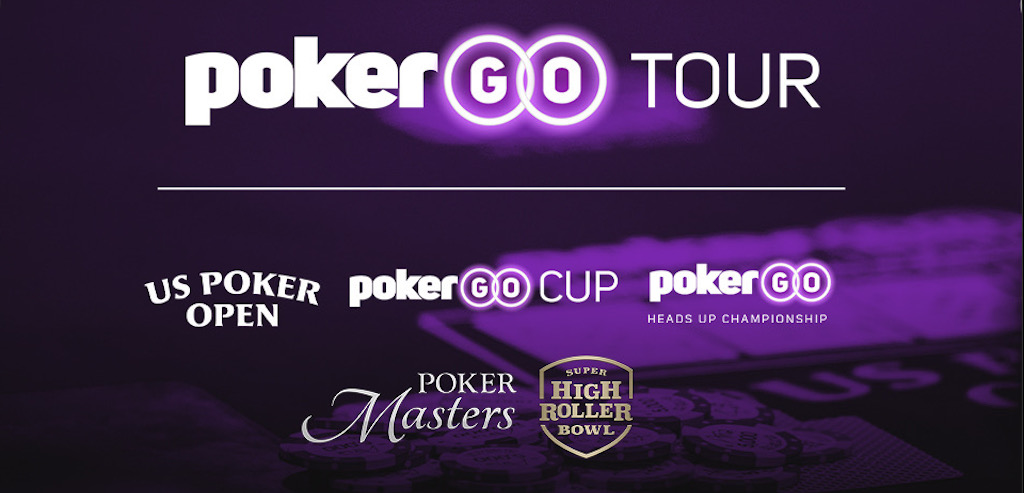Why PokerGO is Bad For Poker!

Why PokerGO Might Be Hurting the Game of Poker
PokerGO, launched with the promise of being the “Netflix of poker,” has become the go-to platform for watching high-stakes cash games, elite tournaments, and exclusive poker content. While it has undeniably brought professionalism, production value, and star power to poker entertainment, there is growing sentiment in parts of the poker community that PokerGO may be doing more harm than good for the game’s broader ecosystem. Here’s why.
1. Paywalling the Game’s Biggest Moments
PokerGO’s core business model relies on paid subscriptions. While monetization is fair in principle, it has had the side effect of placing the game’s biggest events — such as the Super High Roller Bowl or final tables of the World Series of Poker — behind a paywall. This limits exposure to casual fans and potential newcomers.
Compare this to the boom in poker during the “Moneymaker era” (early 2000s), when ESPN and other networks broadcast WSOP events for free. The accessibility created a surge of interest and inspired a new generation of players. Today, the most exciting hands, personalities, and strategic plays are locked behind a login screen. If poker is to grow, it needs to be seen, not hidden.
Furthermore, looking at their respective price points, PokerGO charges a monthly subscription of $19.99, compared to Netflix, which starts at $7.99 per month! Consumers are savvy; they know that even if PokerGO was changed to a monthly charge of $7.99, Netflix would still be much better value, with major live sporting events, WWE content, a massive movie collection, popular TV shows and kids cartoons on offer to customers.
2. Promoting an Elitist Version of Poker
The content PokerGO showcases is overwhelmingly centered around nosebleed stakes and millionaire pros. While this makes for compelling TV in the short term, it creates a distorted view of poker as a game only for the rich or the elite.
By glamorizing high-stakes action almost exclusively, PokerGO risks alienating the average player, the one who plays $1/$2 at the local casino or grinds $11 tournaments online. These players are the backbone of the game, and they don’t see themselves represented in the narratives PokerGO tells.
3. Lack of Investment in the Grassroots
PokerGO is a premium product aimed at high-end consumers. As such, it doesn’t do much to support poker’s grassroots development. Other streaming platforms like YouTube or Twitch allow up-and-coming creators to stream poker content, provide commentary, and engage with new audiences, often for free.
PokerGO, by contrast, is a closed ecosystem with limited room for new voices or creative formats. There’s little outreach to content creators, educators, or community influencers who could bring fresh eyes and innovation into the game.
4. Sterile and Scripted Feel
One common critique is that PokerGO’s productions, though visually impressive, feel overproduced and sterile. The spontaneity, raw tension, and player interactions that made shows like High Stakes Poker or Poker After Dark iconic often feel missing or artificial in today’s iterations.
The table talk is tamer, the personalities more muted, and the structure more rigid. When poker is at its best, it’s unpredictable, messy, and full of characters. PokerGO often sacrifices that authenticity for polish, and the result can feel more like a simulation than a real game.
5. Monopolization and Lack of Competition
PokerGO’s increasing control over high-level poker broadcasting has created something akin to a monopoly. With the World Series of Poker, High Stakes Duel, and Poker Masters under its banner, it owns most of the marquee events in modern poker.
This lack of competition leads to stagnation. There’s little incentive to innovate, improve storytelling, or diversify coverage when there’s no viable rival platform. Healthy ecosystems need diversity — in format, access, and point of view — and PokerGO’s dominance stifles that diversity.

Conclusion
PokerGO has its merits. It has preserved high-level poker on screen and created a sustainable business model in an era where televised poker was fading. But its choices, putting key content behind a paywall, promoting an elitist version of the game, and crowding out grassroots and diverse voices, have arguably held the game back from broader appeal.
For poker to thrive, it needs more than just glitzy productions and high-stakes hands. It needs accessibility, authenticity, and connection to the everyday player. Until PokerGO addresses these issues, it may continue to be more of a barrier than a bridge for the growth of the game.
